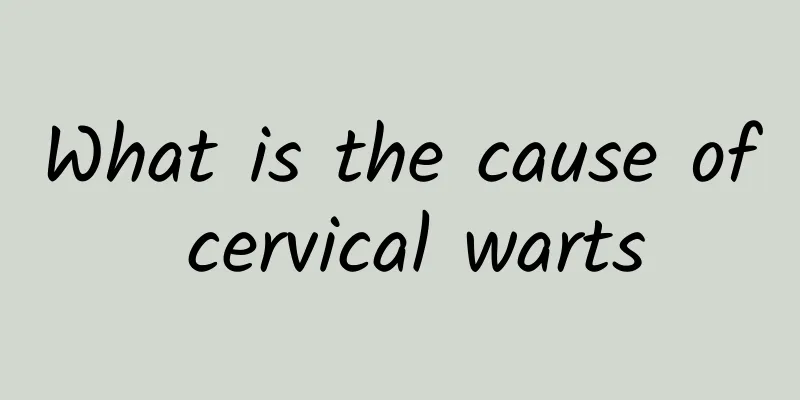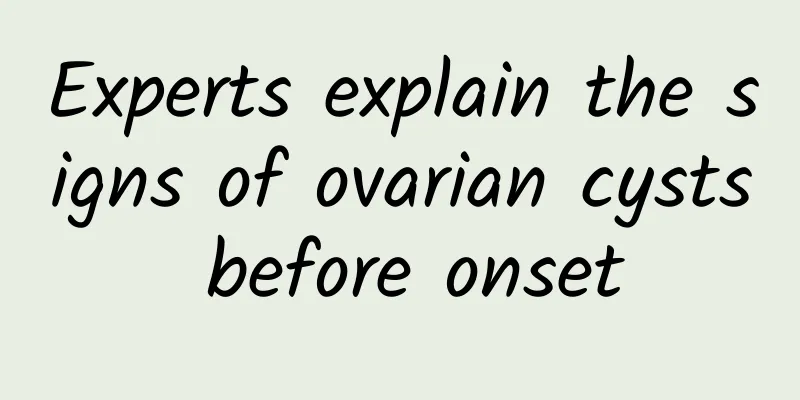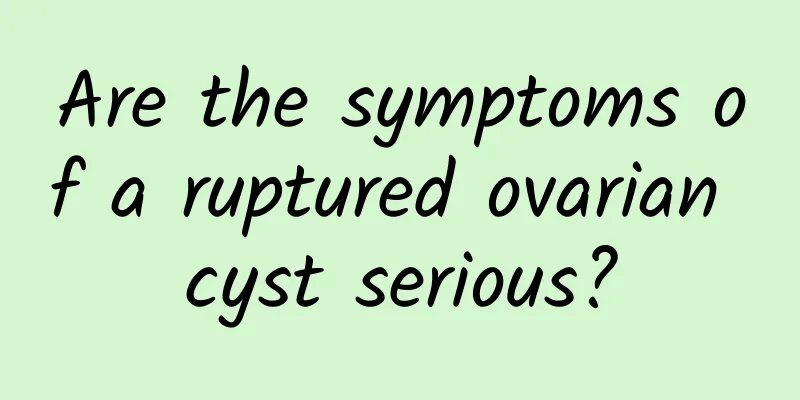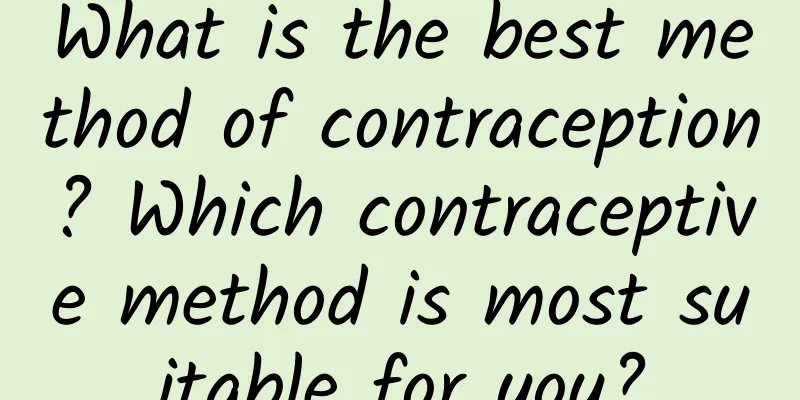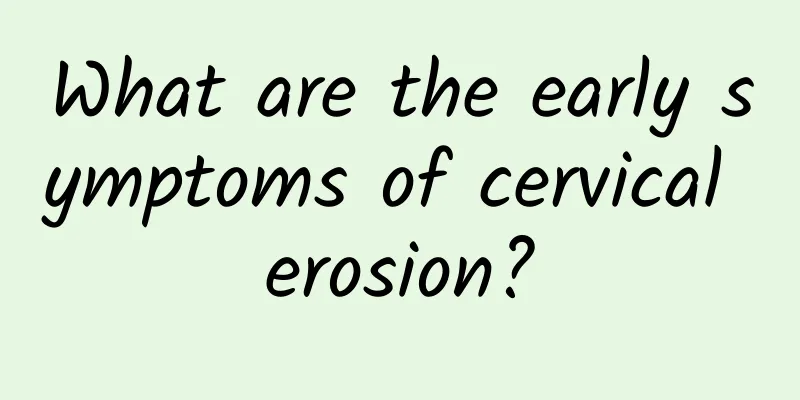What is postmenopausal uterine fibroid disease? What are the symptoms of postmenopausal uterine fibroid disease?
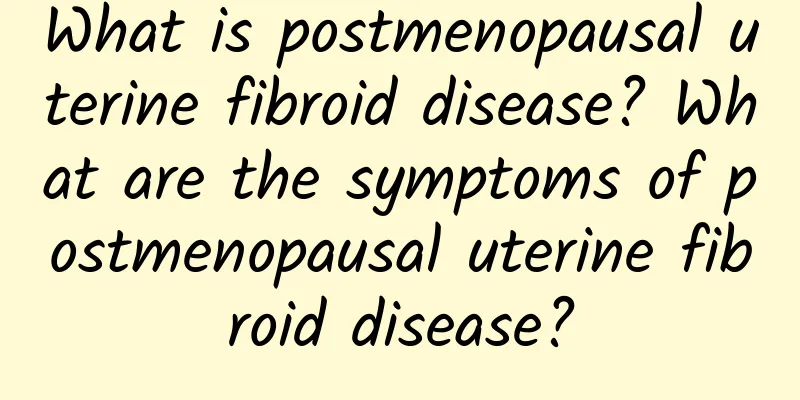
|
What is postmenopausal uterine fibroid disease? What are the symptoms of postmenopausal uterine fibroid disease? Postmenopausal uterine fibroids are a common gynecological disease that is more common in postmenopausal women. Although this disease is not fatal, it may cause a series of symptoms and have a significant impact on the patient's quality of life. This article will introduce you to postmenopausal uterine fibroids from the aspects of the definition of the disease, symptoms, and possible treatments. What are postmenopausal uterine fibroids? Postmenopausal uterine fibroids refer to the occurrence of uterine fibroids in women after menopause. Uterine fibroids are benign tumors that grow on the lining of the uterus, and fibroids refer to abnormal changes in these tumors after menopause. Studies have shown that postmenopausal uterine fibroids may be related to hormonal changes, but the exact pathogenesis needs further study. Symptoms: Abnormal bleeding is one of the main symptoms Symptoms of postmenopausal uterine fibroids vary from person to person, but the most common symptom is abnormal bleeding. Postmenopausal women should no longer experience menstrual cycles, but women with uterine fibroids may experience irregular bleeding, such as menstruation that does not stop or bleeding again within a short interval between periods. In addition, patients may also experience heavy menstrual flow and may even need to change sanitary napkins. Some patients may also experience cyclical pelvic pain, especially during menstruation. Possible treatments: medication, surgery, and interventional therapy For postmenopausal uterine fibroids, the treatment method depends on the specific situation of the patient. Drug therapy is one of the most common treatments, and it is usually used to control abnormal bleeding. Some drugs can inhibit the growth of the endometrium, thereby reducing the risk of bleeding. Surgery is another option, especially for patients whose fibroids are large, cause obvious symptoms or affect their quality of life. Surgery may be the most effective treatment method. Interventional therapy is a relatively new treatment method that uses a catheter inserted into the body to guide drugs or tiny particles directly to the location of the fibroids for treatment. Conclusion: Postmenopausal uterine fibroids require early detection and treatment Although postmenopausal uterine fibroids are not fatal, they have a significant impact on the patient's life. Since abnormal bleeding is its main symptom, patients should seek medical advice in time for examination and diagnosis. Early detection and treatment can effectively reduce the development of symptoms and improve the patient's quality of life. The most suitable treatment method for the patient should be determined according to the patient's specific situation, and full communication and discussion with the doctor is very important. Through active treatment and management, patients with postmenopausal uterine fibroids can achieve a better quality of life and health. |
<<: What medicinal wine can treat uterine fibroids? Can medicinal wine eliminate uterine fibroids?
Recommend
Does pelvic effusion have a big impact on menstruation?
Pelvic effusion is the presence of inflammatory e...
Eat for a good pregnancy! Eat more spinach and salmon to help pregnancy, remember 5 do's and 3 don'ts
What should I eat if I want to get pregnant? What...
Why is cervicitis always difficult to cure? What complications can cervicitis cause in women?
Some women who have cervicitis actively go to the...
The life expectancy of men and women is very different, and their nutritional needs are different! Nutritionist Zhao Hanying: 5 golden foods that men must eat
The life expectancy of men and women is very diff...
What are the symptoms of premenopause?
Although menopause is a very common disease and i...
TCM Understanding of Anovulatory Dysfunctional Uterine Bleeding
Anovulatory functional uterine bleeding is what C...
What are the early symptoms of habitual miscarriage?
Habitual miscarriage is a huge blow to expectant ...
4 things to note in daily life for patients with vulvar leukoplakia
Vulvar leukoplakia refers to a gynecological dise...
Seize the end of summer! 10 simple lifestyle tips for losing weight
If you can lose weight while eating, drinking and...
What is the treatment for adnexitis?
Adnexitis is a common gynecological disease that ...
What fruits and foods should I eat for adenomyosis?
What fruits and foods should I eat with adenomyos...
What causes recurrence of adnexitis?
What is the cause of recurrence of adnexitis? Fai...
Are there any sequelae of uterine fibroids?
Uterine fibroids generally do not cause serious s...
Let's learn about the symptoms of acute pelvic inflammatory disease
Pelvic inflammatory disease mainly refers to the ...
What are the dangers of chronic pelvic inflammatory disease
Pelvic inflammatory disease is a common disease i...
